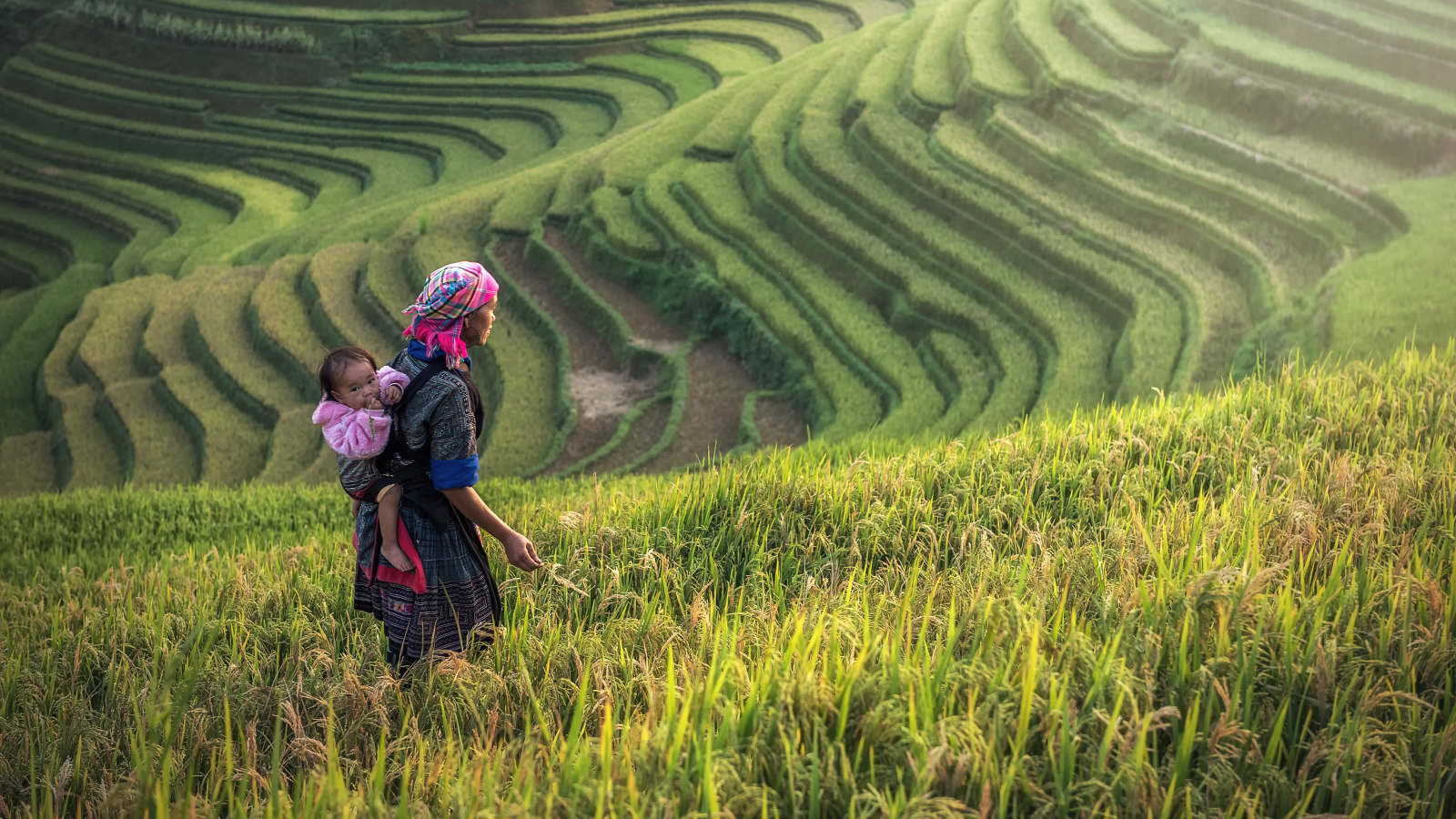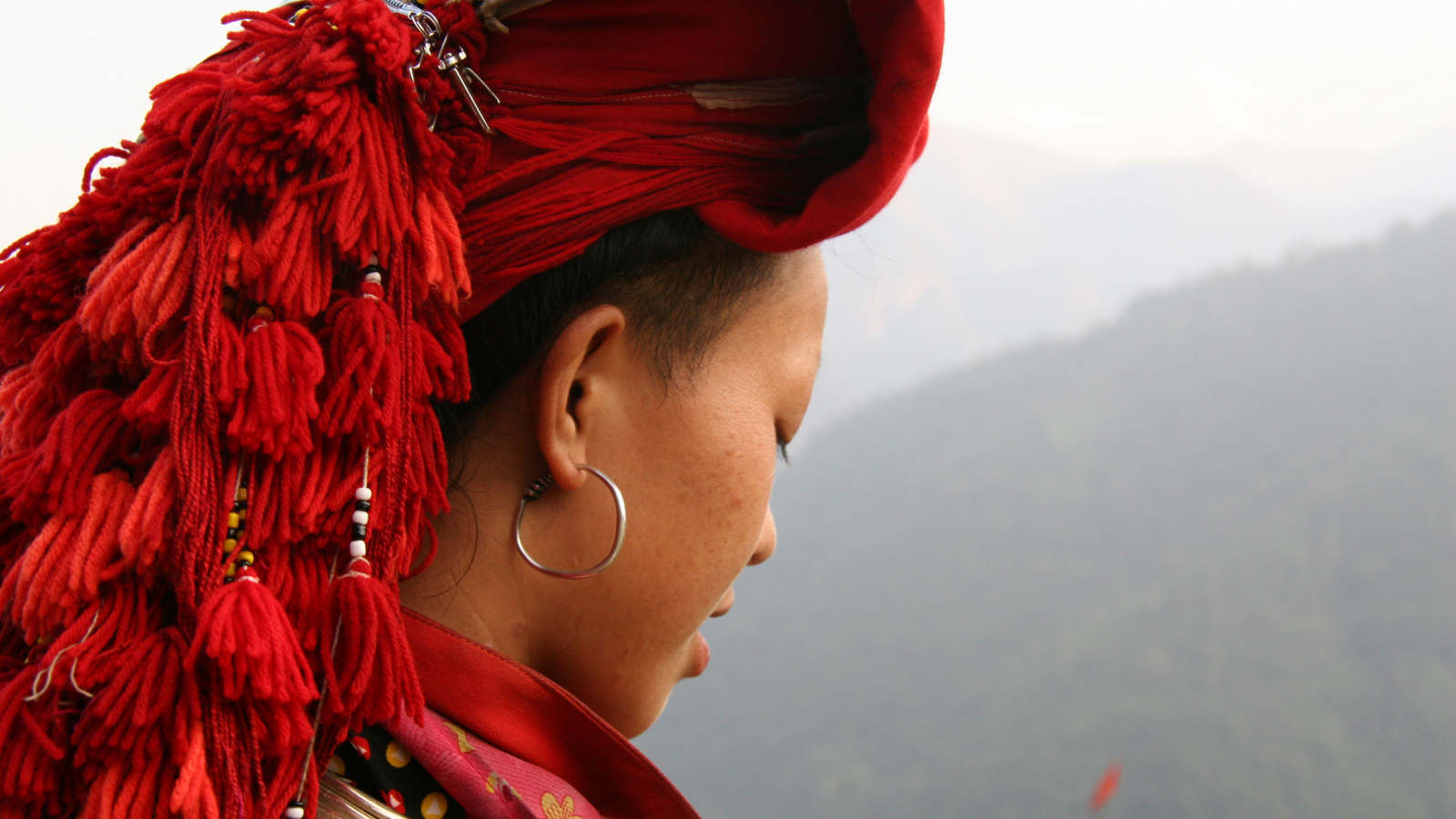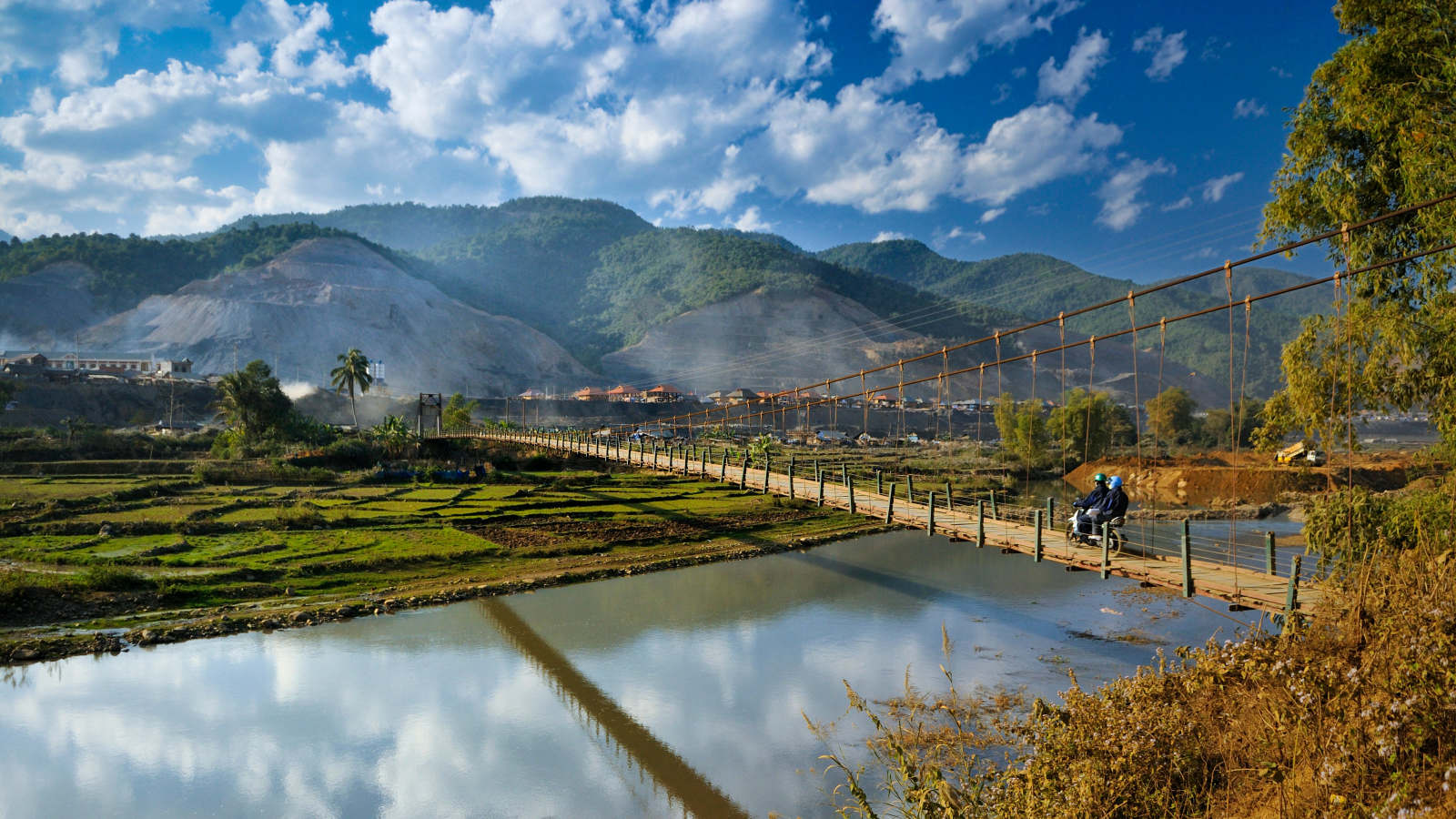Dodge the crowds and head off the beaten track in Vietnam
Few tourists, friendly locals and gorgeous scenery – the Dien Bien Phu loop has much to offer.
by Stuart McDonaldMuch has changed in 25 years across north-western Vietnam, but not the scenery. Valleys remain filled with rice-field terraces primed for harvest. Roads ribbon along steep mountain walls. Mountains layer back towards the horizon.
For years, Sapa has been the epicentre of northern Vietnam’s tourism scene. Since the completion of an expressway from Hanoi, tourism has exploded and Sapa isn’t the delight it once was. Tumbling into the valley it lords over, it’s a poster boy for poor planning and over-tourism. So what’s the more intrepid traveller to do? If you want to dodge the crowds and experience a more authentic Vietnam, head north-west.

The north-west, perhaps best known by motorcyclists as being home to the Dien Bien Phu loop, boasts wild and impressive scenery. Imagine vast mountain ridges, luminescent rice fields, frothing rivers and remote villages – without Sapa’s tourist hordes. On my recent trip around the loop, I saw fewer foreign tourists than I did 25 years ago – all the more reason to go.
Yes, you’ll get more selfie requests, and you’ll likely be eating local fare. Black coffee with condensed milk for breakfast, banh mi for lunch, pho for dinner. Wet markets, often packed with Akha women in traditional dress, offer an easy way to observe and learn. Expect mounds of fresh produce, from ginger and turmeric through to basil and mint. Fresh produce sidles up to the bloodbath-like fish and meat sections – not for the squeamish.
Accommodation can be basic, but $25 can often buy an excellent-value room with all the mod cons. Larger towns have business hotels, but better value is found in family-owned homestays. There you’ll get great hospitality and often quite spectacular local food for the money. Pu Luong, Mai Chau and Dien Bien Phu also have a handful of more comfortable resorts.
My gracious hosts were two diminutive Hmong women working out of a dirt-floor kitchen in Mu Cang Chai. They delivered a banquet with no English other than “Meat”, “Beer”, “Yes” and “No”. This is the real deal of Vietnamese hospitality.
When I hitched the same route in ’94, I spent an entire day with a concrete truck crew and my phrasebook. Our conversations progressed as slowly as the truck, but they went out of their way to get me where I was going. On this count, little has changed. Over and over I met locals who were keen to help, even if their directions were wrong.

In Lai Chau, my hotelier offered to take me to dog restaurants (I declined), then instead for a scooter tour of his favourite cafes. In Mai Chau, the tiny owner, born in the village, walked me through her guesthouse with obvious pride. Tour done, she plonked herself on my verandah, and we chatted for an hour or so. This was hand-on-heart hospitality. As we talked, I watched families cycle in the background as the sun set.
When you wander the rice fields at close quarters, you realise how intricate the paddy system is. Valleys are dotted with accessible villages you can visit. You’re just as likely to encounter a woman weaving under her stilted house as men boozing it up on rice wine.
Mai Chau is great for doing this by bicycle with the family. The valley is a pancake of paddies with limestone karsts as the backdrop. Caves and longer distance treks are available, but you can just grab a bicycle and go. Before you know it, you’ve pedalled into a village with beautiful, local-made fabrics for sale at a fraction of what you’d pay in a Hanoi boutique.
In Pu Luong, where the trails are too steep for cycling, walking is the way to go. I find a quiet spot and listen to the bubbling water and the wind caressing the rice. With the steep ridges closing me in and a storm brewing overhead, it is beautiful. All around, locals work the fields thigh-deep, oblivious to my presence.
In Mu Cang Chai, the terracing is incredible. Guests at my homestay spent six hours walking under the guidance of the owner. With a native speaker to break the ice with locals in the fields, a trip becomes all the more memorable, and expect an invitation to plonk rice in the ground.
Unlike Sapa, the north-west also boasts a fair bit of history. Dien Bien Phu saw the pivotal 1954
battle that marked the French colonialists’ defeat. Not as famous, but still interesting, is the French prison in Son La. Both towns have well-curated museums that will appeal to those interested in Vietnam’s wars.
The north-west is best explored by hire car or motorbike. Either is available in Hanoi, with or without a driver. Tour companies can also organise a visit to the region.
When is a good time to go? Towards the end of harvest, when the rice is looking the best and the rains are almost done. In other words, September and October are the sweet spot. Don’t forget your phrasebook.

Homegrown hospitality
Mai Chau
Little Mai Chau Homestay T: (0973) 849 006, littlemaichauhomestay@gmail.com,
facebook.com/pages/category/Hospice/Little-Mai-ChauHomestay-596034994081003/
Mai Chau Lodge T: (021) 8386 8959, info@maichaulodge.com, maichaulodge.com/en/
Pu Luong
Pu Luong Treehouse T: (096) 696 3851, puluongtreehouse.com
Pu Luong Lodge Retreat
T: (024) 3823 9988, puluongretreat.com
Dien Bien Phu
Homestay Muong Thanh T: (0230) 383 8255
Him Lam Resort T: (0215) 381 1856, himlamresort.vn/en/
Mu Cang Chai
Do Gu Homestay T: (097) 736 3345, facebook.com/homestaydogu/
ON THE ROAD
Motorbikes can be rented from tigitmotorbikes.com. Travel insurance requires you to be legally licensed in the country in which you’re riding. Tourists can struggle to get a domestic licence in Vietnam.
To read more from Good Weekend magazine, visit our page at The Sydney Morning Herald, The Age and Brisbane Times.